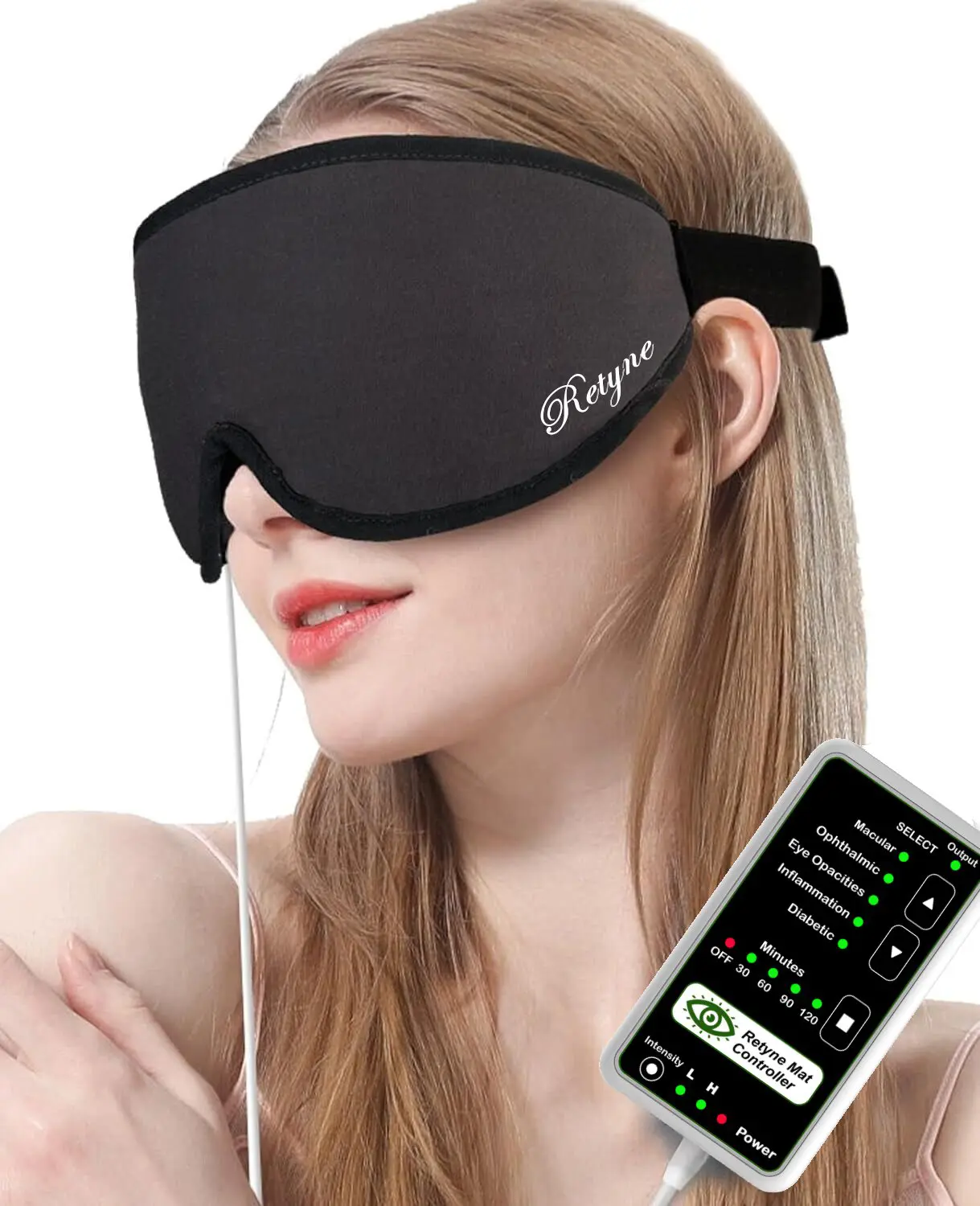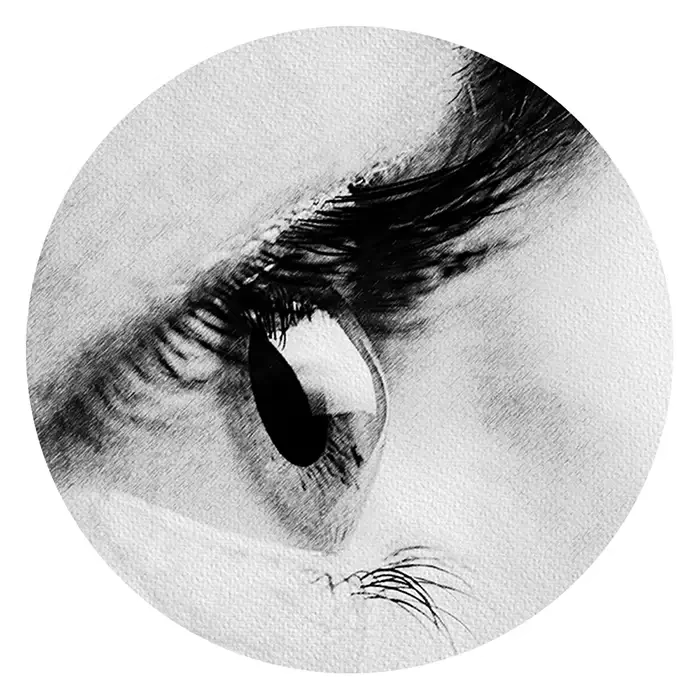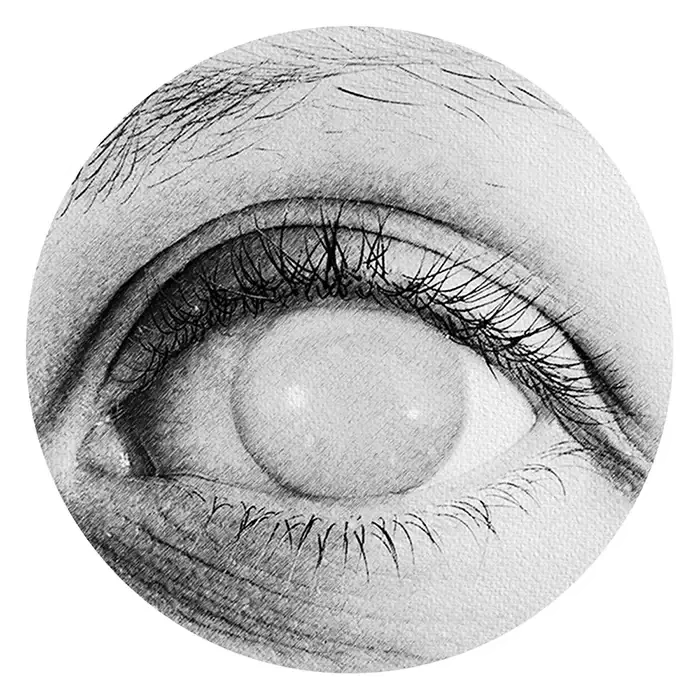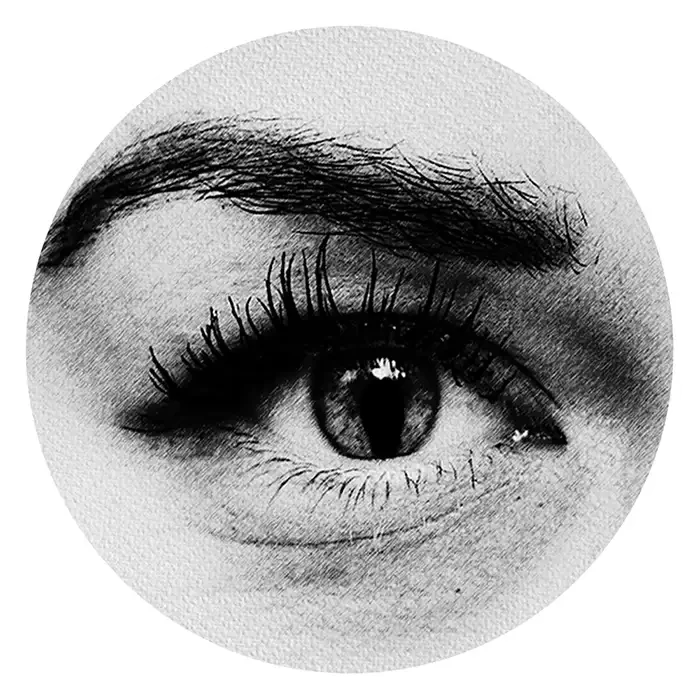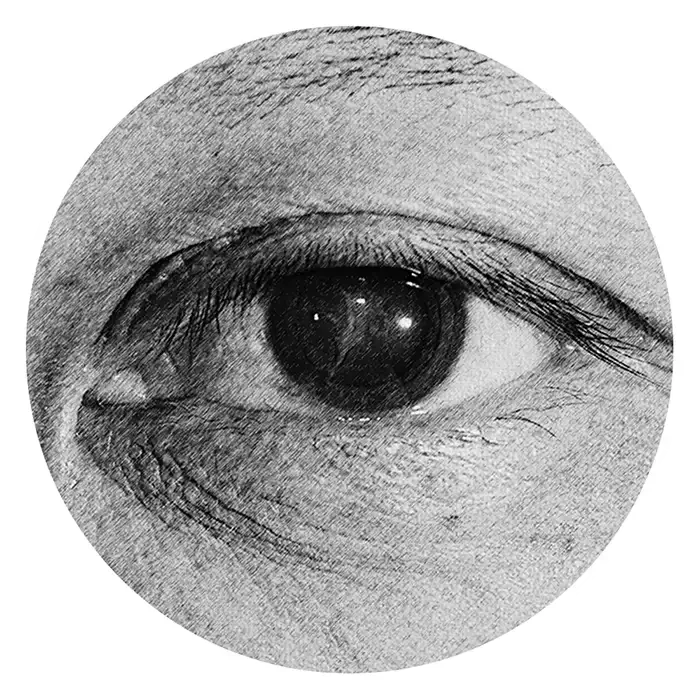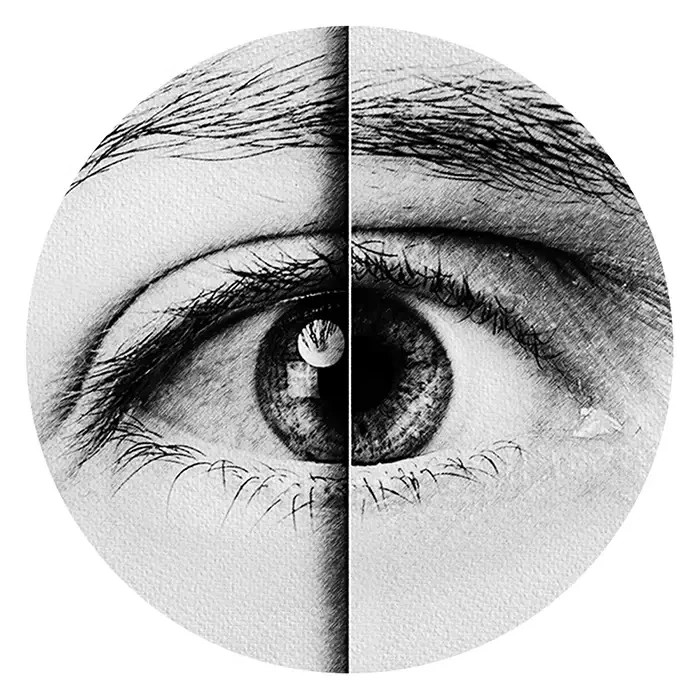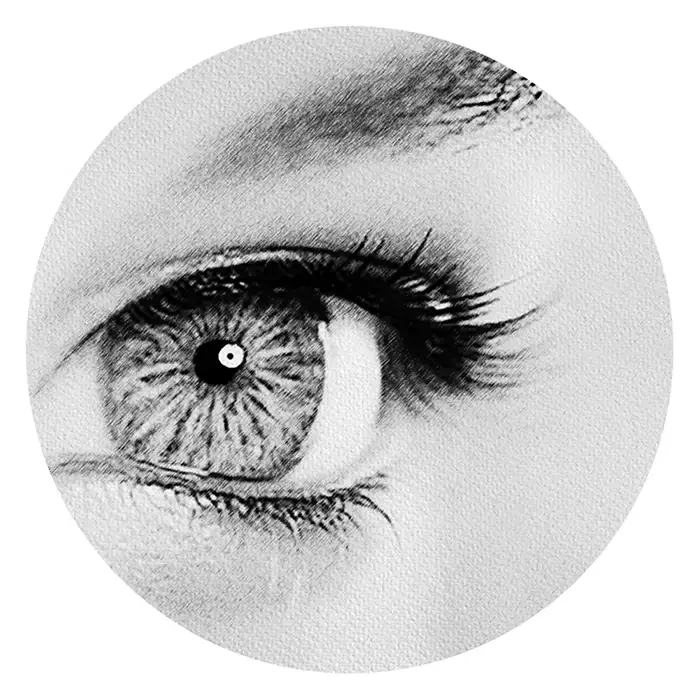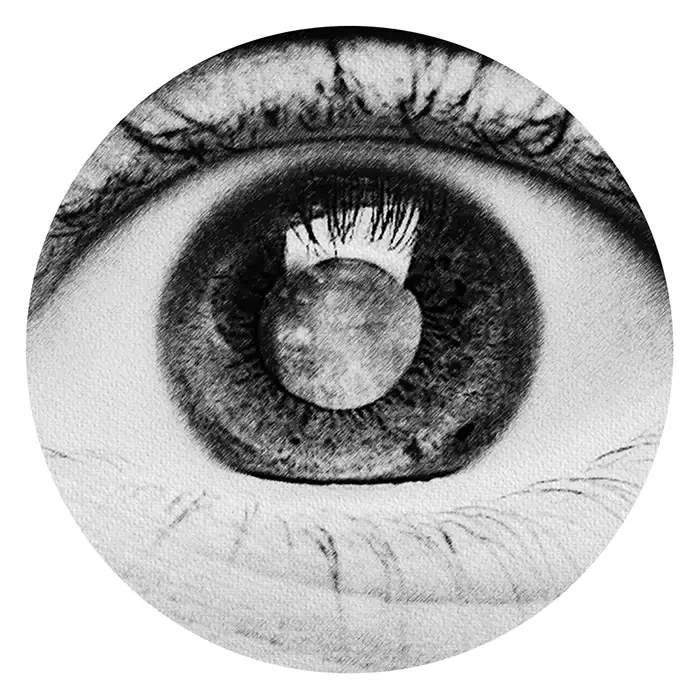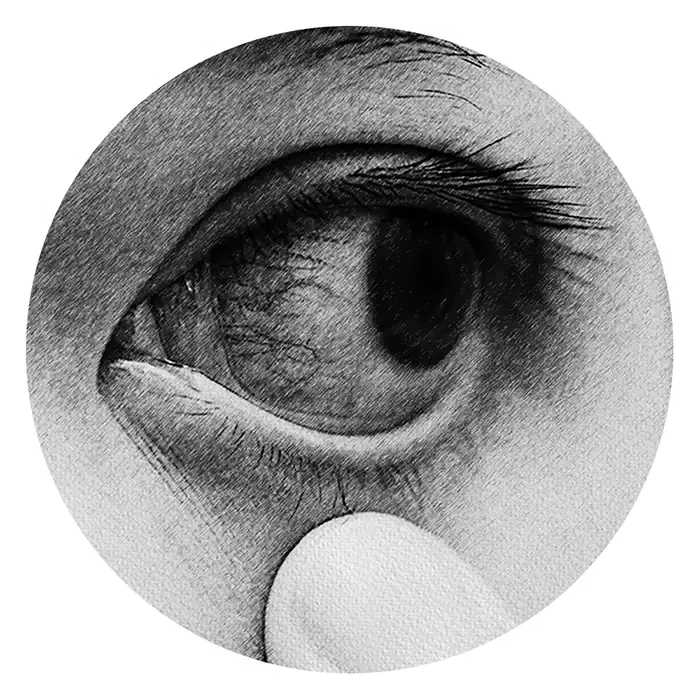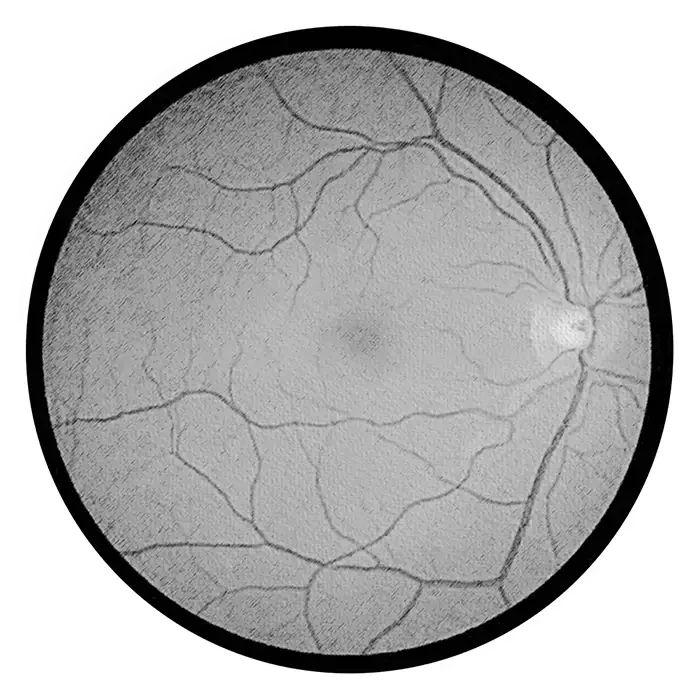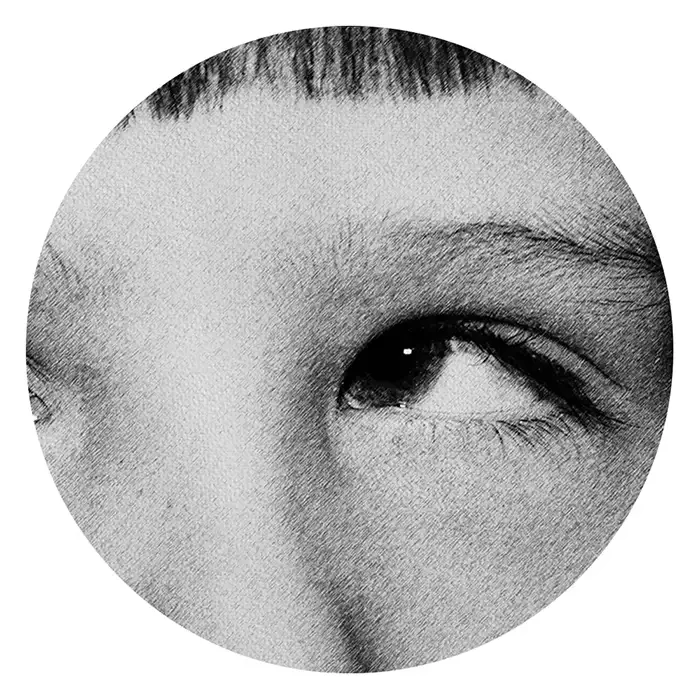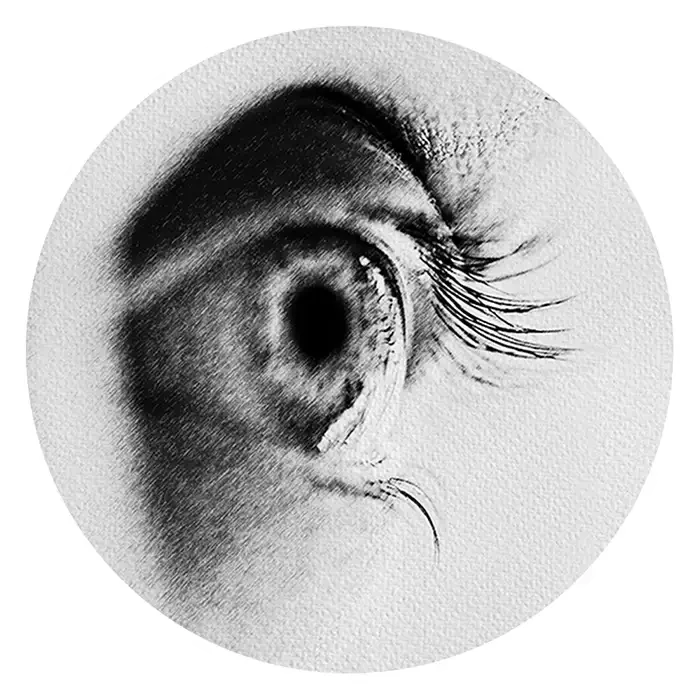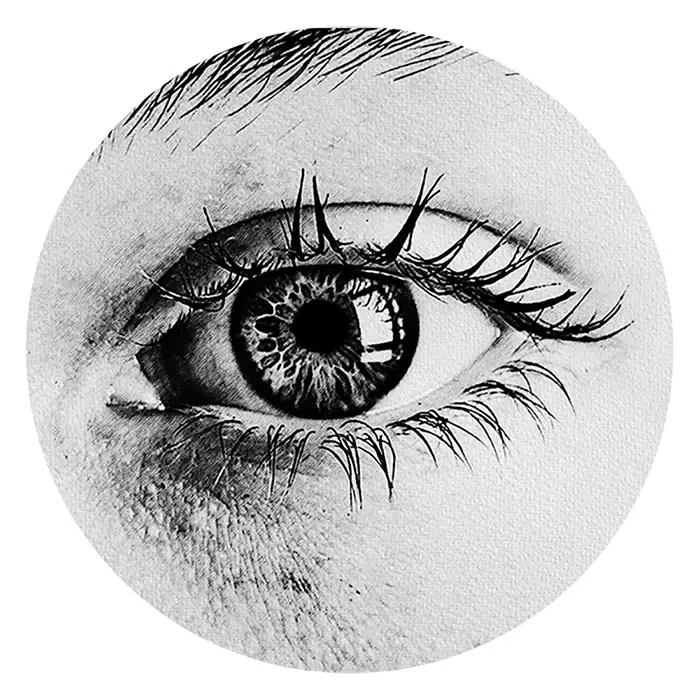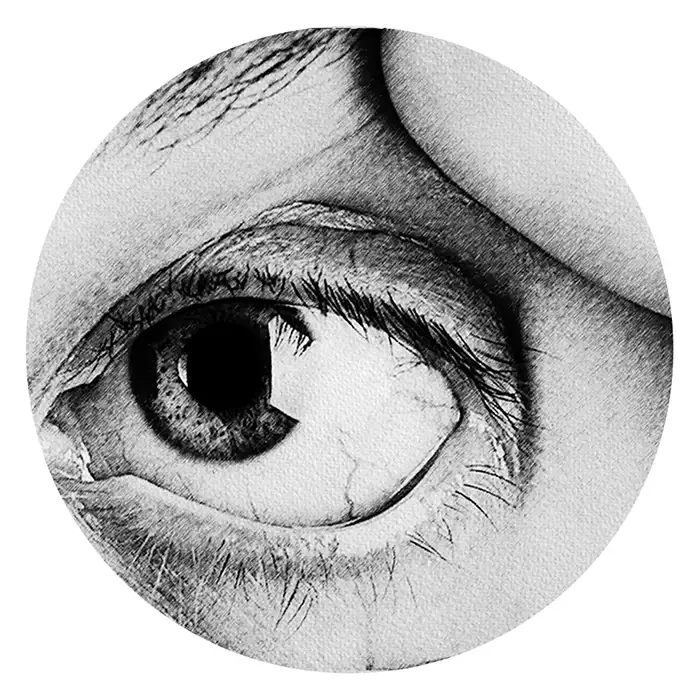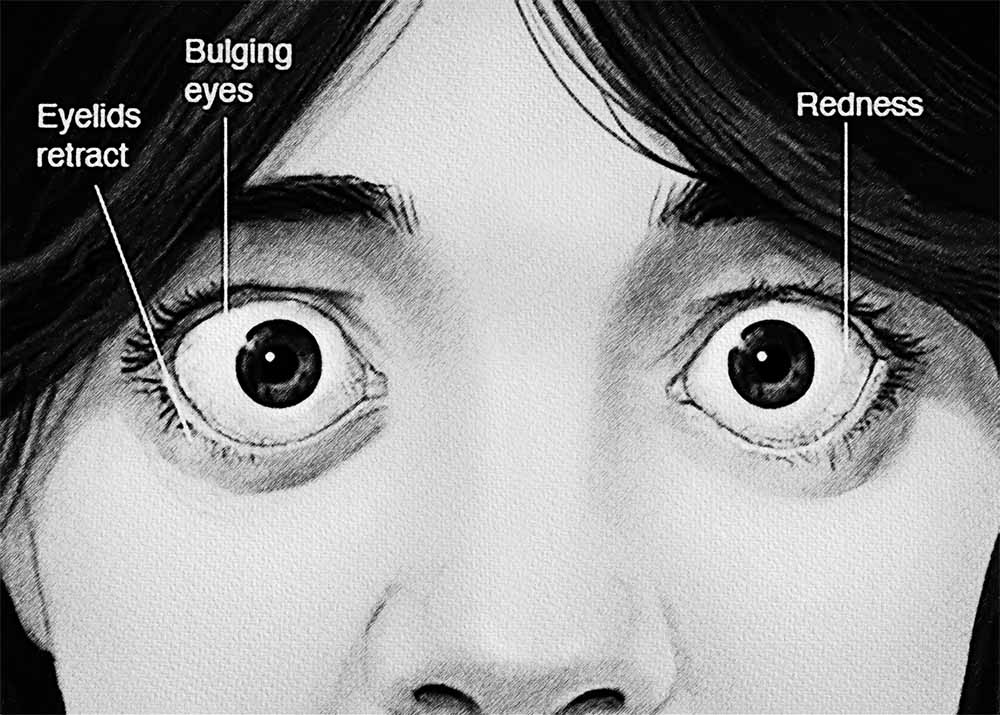
Graves' Eye Disease: Symptoms, Diagnosis, and Treatment
Graves' eye disease, also known as Graves' ophthalmopathy or thyroid eye disease (TED), is an autoimmune condition closely associated with Graves' disease, a disorder of the thyroid gland. It primarily affects the tissues and muscles surrounding the eyes, leading to various eye symptoms and potential complications. There are several types of Graves' eye disease, each presenting with its own set of symptoms and severity.
The symptoms of Graves' eye disease can vary widely but often include bulging eyes (proptosis), swelling and redness of the eyelids, double vision (diplopia), eye pain or discomfort, dry eyes, excessive tearing, light sensitivity, and difficulty moving the eyes. In severe cases, Graves' eye disease can cause vision loss and permanent changes in eye appearance. Diagnosis of Graves' eye disease typically involves a comprehensive eye examination, including tests to measure eye pressure, assess eye movement, and evaluate visual acuity.
There are three main types of Graves' eye disease: active, inactive, and severe. Active Graves' eye disease refers to the acute phase of inflammation and swelling around the eyes, characterized by the presence of symptoms such as redness, swelling, and double vision. Inactive Graves' eye disease occurs when the acute inflammation subsides, but residual symptoms may persist, such as proptosis and eyelid retraction. Severe Graves' eye disease refers to cases with significant eye involvement, often leading to vision loss or other serious complications.
The Retyne Infrared Eye treatment mask offers a promising approach to managing the symptoms of Graves' eye disease, particularly during the active phase of inflammation. Program #4 on the Retyne controller delivers targeted therapy using invisible infrared light, which penetrates deep into the tissues surrounding the eyes, promoting healing and reducing inflammation. By applying infrared therapy directly to the affected area, the Retyne mask can help alleviate pain, swelling, and discomfort associated with Graves' eye disease, promoting faster recovery and improved eye health.
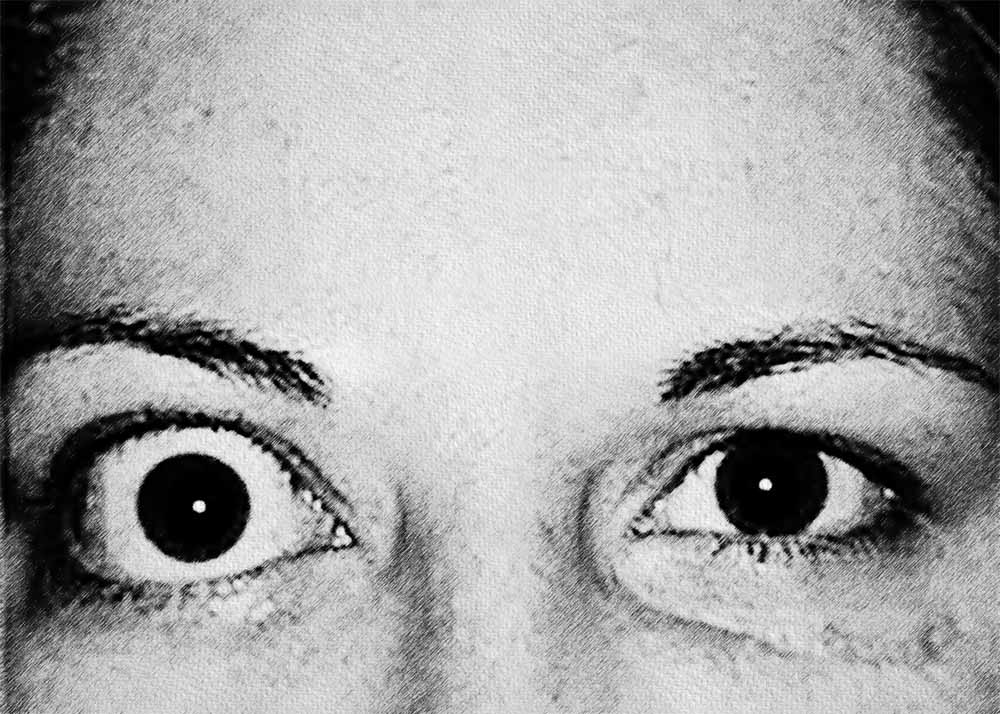
In addition to infrared therapy, treatment for Graves' eye disease may include medications to reduce inflammation, alleviate symptoms, and stabilize thyroid function. In more severe cases, surgical interventions such as orbital decompression surgery or corrective procedures to improve eye alignment or reduce proptosis may be necessary. However, the Retyne Infrared Eye treatment mask offers a non-invasive, drug-free approach to managing the symptoms of Graves' eye disease, providing patients with a safe and effective option for symptom relief and improved quality of life.
Graves' eye disease is a complex autoimmune condition that can significantly impact eye health and quality of life. With its various types and symptoms ranging from mild discomfort to severe vision-threatening complications, early diagnosis and comprehensive management are essential for optimal outcomes. The Retyne Infrared Eye treatment mask offers a promising therapeutic option for individuals with Graves' eye disease, providing targeted relief from inflammation and discomfort while promoting healing and improved eye function.
Utilizing advanced hardware such as the RDPV4, a secondary set of specific frequencies for Graves Eye Disease (0.04, 1.52, 14.75, 71.87, 152.25, 142.5, 362.5, 402.5, 590, 822.53) is available. The RDPV4 offers an expanded range of frequencies, finely calibrated to provide even greater precision in addressing Graves Eye Disease. By incorporating this secondary set of frequencies, the RDPV4 elevates the potential therapeutic benefits of the Retyne eye Treatment Mask, catering to individuals seeking advanced solutions for their visual health needs.
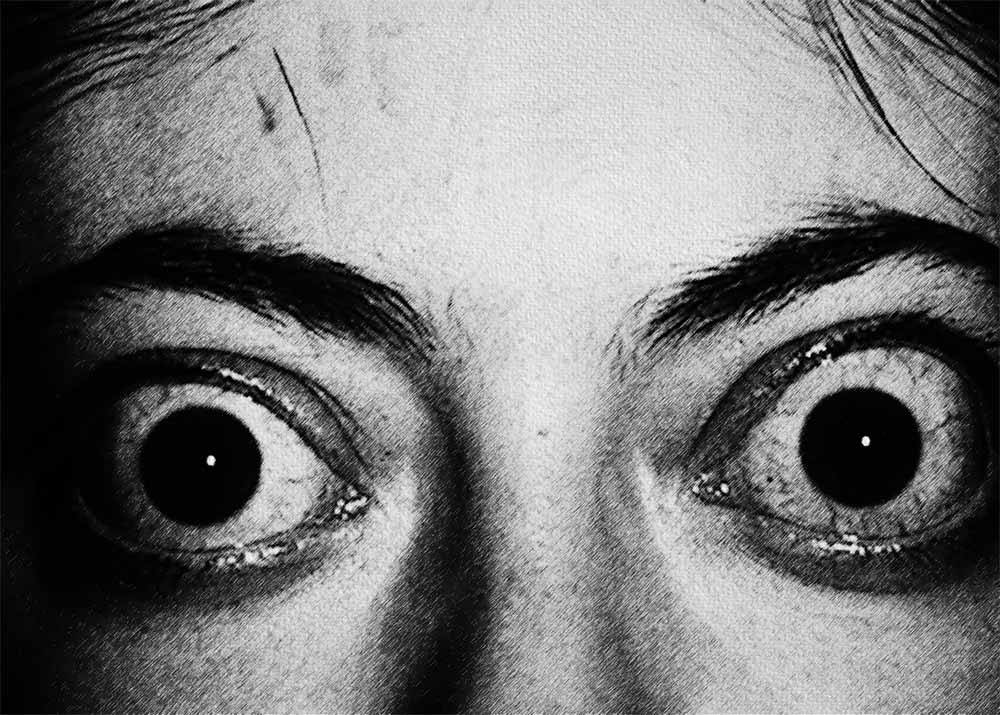
Graves' disease and Graves' ophthalmopathy are closely related autoimmune conditions. While Graves' disease primarily affects the thyroid gland, Graves' ophthalmopathy affects the tissues and muscles around the eyes, leading to characteristic eye symptoms. Both conditions share an autoimmune origin, and individuals with Graves' disease may develop Graves' ophthalmopathy concurrently or shortly after the onset of hyperthyroidism. Effective management of Graves' ophthalmopathy typically involves a combination of medical, surgical, and supportive treatments aimed at alleviating symptoms and preserving vision.
Graves Eye Disease General Set use Program 4 or 0.06, 0.5, 0.87, 12.85, 27.5, 141, 301.23, 453.02, 783.4, 825.03
Graves Eye Disease Specific Group exists at program 1457: 0.04, 1.52, 14.75, 71.87, 152.25, 142.5, 362.5, 402.5, 590, 822.53
Compatibility
Standalone controller (Program #4) (Controller shipped with Retyne Eye Treatment Mask)
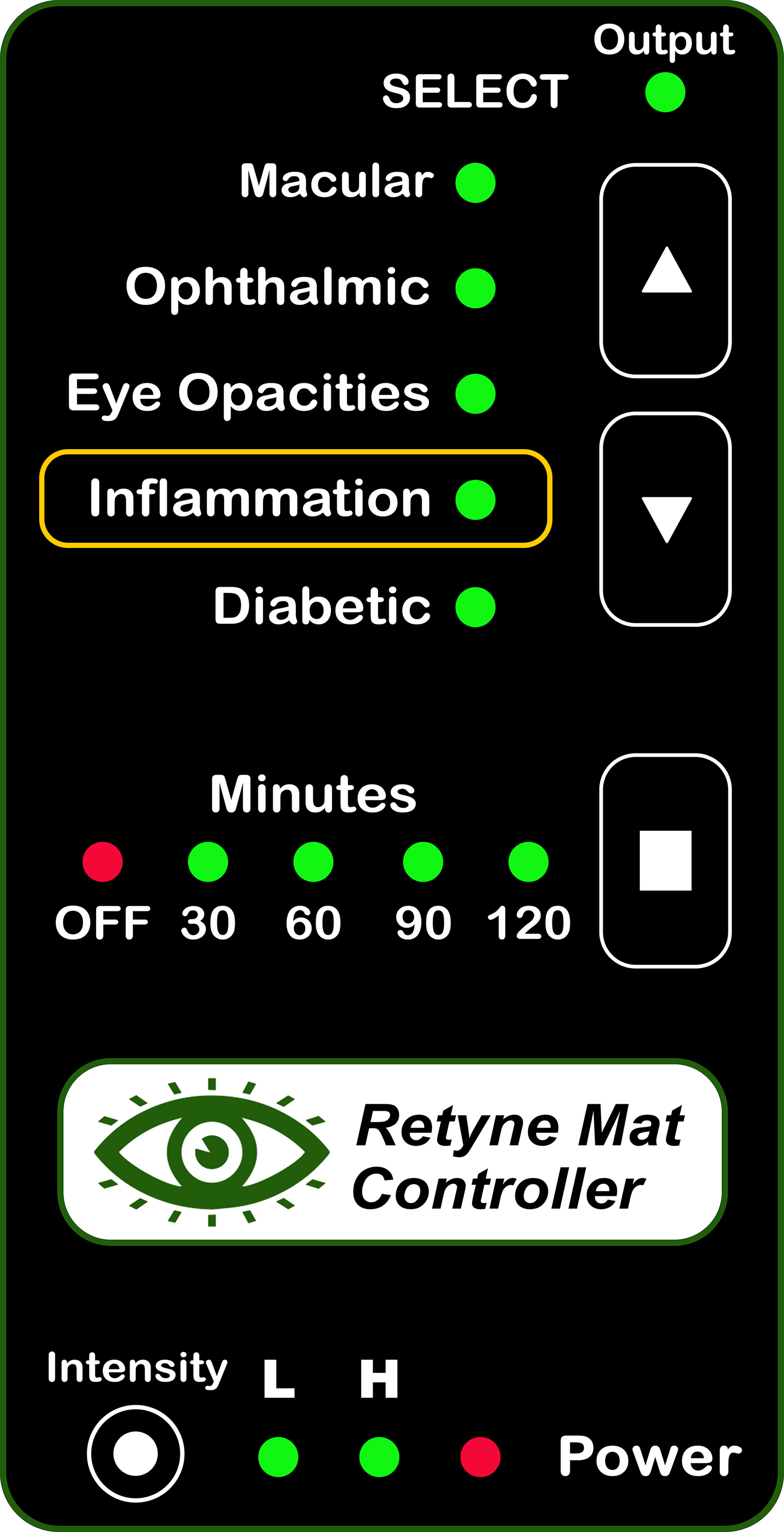
RDPV4 (Direct connect, use group 1457)
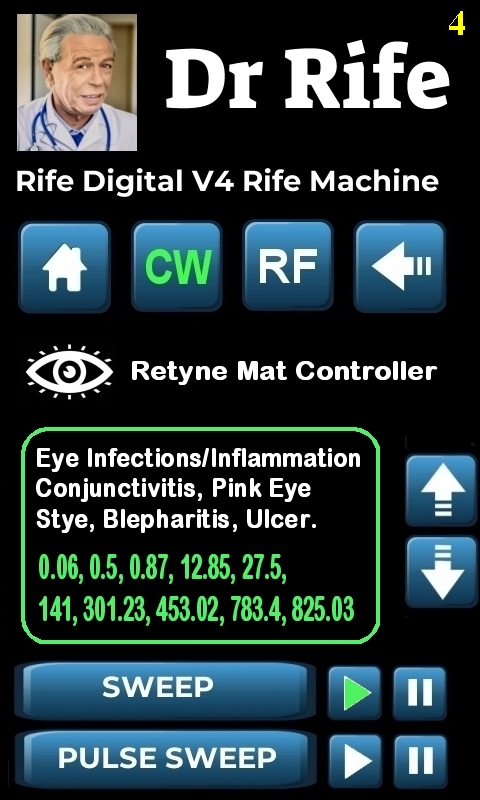
Click here for instructions on using the Retyne Mask + Controller
